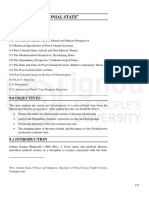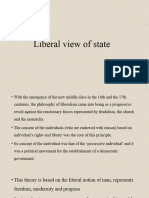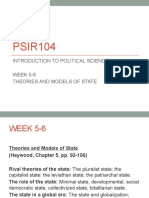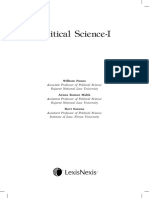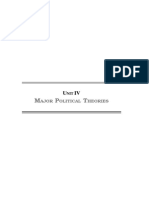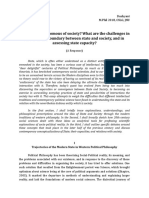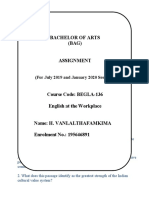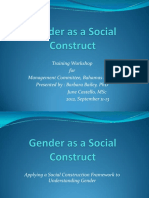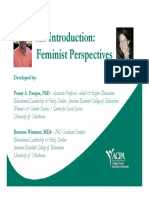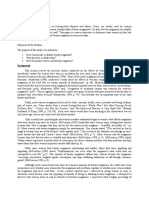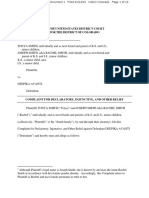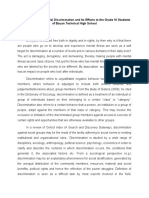0% found this document useful (0 votes)
131 views13 pagesBachelor of Arts (BAG) : (For July 2019 and January 2020 Sessions)
This document is an assignment for a course on Indian Government and Politics. It contains two questions to be answered in about 500 words each.
The first question asks about the difference between the liberal and Marxist approaches to studying Indian politics. The response provides an overview of the key elements of the liberal perspective, including its focus on individualism, egalitarianism, universalism, and the view that social institutions can be improved. It then summarizes the Marxist perspective, noting its focus on class relations and view that the state expresses class domination.
The second question asks to explain Gandhi's approach to politics and identify its core elements. The response indicates Gandhi's approach uses Gandhian tenets like truth, non-
Uploaded by
Sena HmarCopyright
© © All Rights Reserved
We take content rights seriously. If you suspect this is your content, claim it here.
Available Formats
Download as DOCX, PDF, TXT or read online on Scribd
0% found this document useful (0 votes)
131 views13 pagesBachelor of Arts (BAG) : (For July 2019 and January 2020 Sessions)
This document is an assignment for a course on Indian Government and Politics. It contains two questions to be answered in about 500 words each.
The first question asks about the difference between the liberal and Marxist approaches to studying Indian politics. The response provides an overview of the key elements of the liberal perspective, including its focus on individualism, egalitarianism, universalism, and the view that social institutions can be improved. It then summarizes the Marxist perspective, noting its focus on class relations and view that the state expresses class domination.
The second question asks to explain Gandhi's approach to politics and identify its core elements. The response indicates Gandhi's approach uses Gandhian tenets like truth, non-
Uploaded by
Sena HmarCopyright
© © All Rights Reserved
We take content rights seriously. If you suspect this is your content, claim it here.
Available Formats
Download as DOCX, PDF, TXT or read online on Scribd
/ 13













